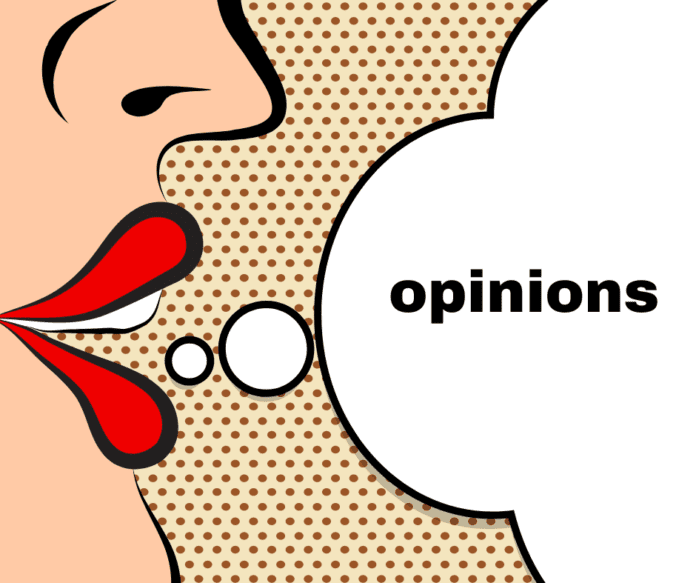WILD FRUIT
By Lawrence Doe
My wife and I spent several weeks each summer with friends and family in southern Canada on the Piegan Reservation, Brocket, Alberta. While there, we witnessed two very different world views on the gathering of wild plums and saskatoon berries. Both the indigenous Piegan and the Hutterites gathered the wild fruit. However, the two groups did it very differently, with cultural beliefs influencing their motives.
Small family groups of Natives, including children who learn by participation, pick what they need for personal and ceremonial use from the wild groves of fruit. They would leave some fruit for the birds and mammals that also feed from nature. These other beings were the ones that scattered seeds across the countryside for future groves of fruit for future generations. That understanding of how nature works is based on a deep relationship created by many thousands of years of successful living with the natural world.
The Hutterites, on the land less than two hundred years, brought with them from Europe a different economic system and a biblical belief that entitled them to all of their God’s creation. They would send large groups to strip the groves bare of every berry and plum, leaving none for the wild animals. Their Christian Anabaptist roots taught them that everything in the world was created for the benefit of humans. They assumed future groves, created by God, would care for themselves. The Hutterites practiced efficient prosperity through a number of commercial enterprises, including selling much of the wild fruit they picked. This was visible when driving past their very large colonies. Yes, each settlement is called a “colony” as in “colonizer”.
I did not hear everyone’s opinion on these two approaches to wildcrafting fruit. But I heard some. My Piegan friends were affronted by what they saw as the thoughtlessness of the Hutterites taking everything and leaving nothing for others. Based on expressed tropes by White residents towards Natives, I can imagine the Hutterites saw Native pickers as inefficient or perhaps lazy.
My interpretation in observing these two very different systems was one that shared with others as a way to protect a sustainable system for future generations. The other was to take everything now to ensure prosperity for a specific group. Perhaps more simply put, the clash between stewardship and dominion.
I see this clash playing out in many broader contexts. First and foremost, it would be in our current distribution of capitalistic prosperity. The upper one percent continue to scoop up ever-increasing resources while the lower one-third scrounge through the brush for a few berries to stave off hunger. Those in the middle either struggle to achieve one end of the spectrum or avoid the other end. This is not a sustainable system of stewardship, as proven by historical revolutions under similar circumstances when one group “takes it all”.
Our political environment is another example. Formerly, the two dominant political parties were more likely to work “across the aisle” to reach an admittedly difficult resolution to issues for the benefit of most citizens. This demonstrated stewardship of our democracy and a commitment to the oath each took to uphold the US Constitution. Currently, this is not the case as the two parties are in a war for power where literally, “winner takes all” for the benefit of the few. This is what domination looks like in Fascist systems.
Imagine the state of our democracy as those plum and saskatoon bushes with our freedoms being the fruit of the American experiment. Stewardship is defined as “the careful and responsible management of something entrusted to one’s care”. With stewardship of our founding ideals, Bill of Rights, and Constitution, we have added to those fruit bushes the freedom of enslaved people, women’s right to vote, consumer protections, union rights, civil rights, indigenous treaty rights, protections for LBGTQ, enormous expanses of publicly owned lands, access to healthcare, access to scientifically improved agriculture, medicines, and weather prediction as well a many other benefits to us all hidden among the brushy leaves of our beautiful and complex democracy. These additions and successes in the two hundred plus years of America have inspired other democracies and human rights movements around the world.
But pay attention, as a small group acting not with stewardship, but rather a “winner takes all” strategy is stripping our democratic fruits from the branches (literally) of our government and country. This group operates behind the scenes, relying on clever legal arguments and the slowness of the courts to sidestep the legal process to enact change. They rely on cult-like public officials who appear to disavow the oath they took to uphold the Constitution. Complacency of overwhelmed citizens and voters informed by chaotic sound bites of misinformation is another tool used to undermine our democracy. That chaos itself creates fear and doubt, causing the citizenry to seek relief by retreating into mind-numbing willful ignorance. But even in that numbed state, one can feel the shifting ground we all walk on. Being numb or complacent will not prevent those tremors from growing to an intensity capable of uprooting the plum trees and shaking the saskatoons to the ground, where they will rot. Maybe we will still stand in our democracy, or maybe we will fall like the saskatoons. It is up to us, right now, to save some fruits for future generations.








